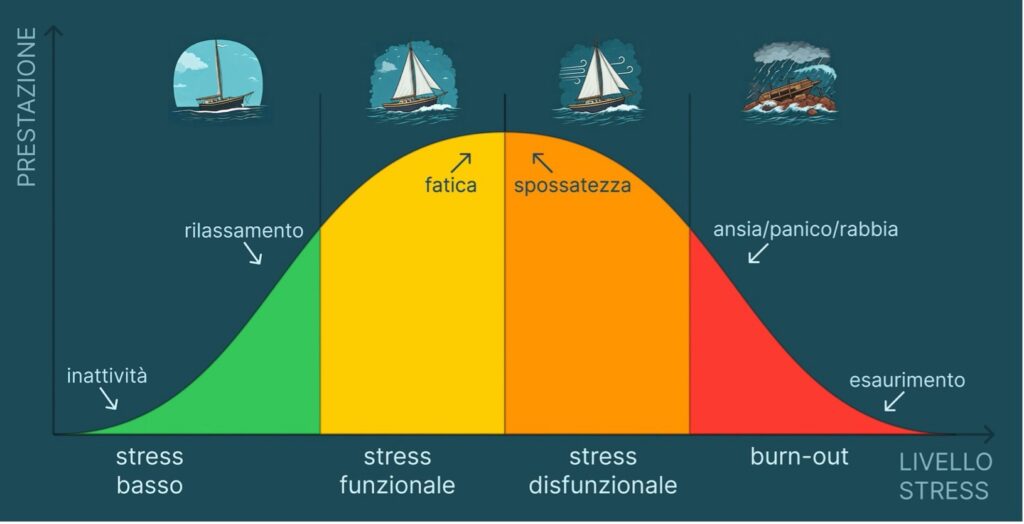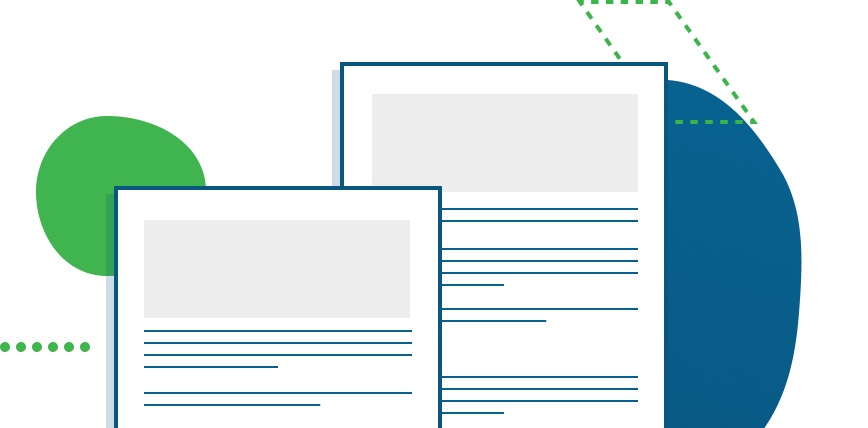by Fabio D’Urso, Full Stack Developer in Excellence Innovation
“I still remember the night my world turned gray. I was working late, so late that the colors on my computer screen dimmed, giving way to a monotonous grayscale. I was so absorbed in the project that I didn’t notice the time passing. That night was a turning point. I realized that I was sacrificing my health and well-being to achieve professional goals. I understood that it was time to change something. From that moment, I started looking for strategies to manage work-related stress and find a balance between my professional and personal life. In this article, I will share with you what I have learned and the solutions I have found to combat technostress.”
What is technostress?
The term “technostress” was coined in 1984 by Craig Brod, one of the first scholars to recognize how technology, despite being a powerful tool full of possibilities, can generate anxiety, tension and discomfort.
For those like me who started working in the IT sector, technology was like a solid ship that allowed us to navigate the vast digital sea with confidence. It has offered us new horizons, allowed us to explore unknown territories and given us the tools necessary to rapidly advance in our careers, taking us towards goals that once seemed unattainable.
However, the sea of technology, however fascinating, hides treacherous currents. Hyperconnection and excessive use of technology can turn this navigation into a risky experience, pushing us into turbulent waters and threatening to make us sink under the weight of stress.
In short, a certain amount of stress can be positive for keeping us productive and motivated, but when a critical threshold is exceeded, our body begins to suffer the negative effects: exhaustion gives way to anxiety, panic or anger, until reaching complete exhaustion, also known as “stress exhaustion” (burn-out).

The negative effects of technostress
When technostress takes over, negative symptoms and consequences begin to appear, easy to recognize and difficult to ignore.
- Difficulty remembering important information due to overload of data and technological inputs.
- Decreased physical and mental presence at work, resulting in a drop in productivity.
- The constant flow of information and tasks can lead to a loss of enthusiasm towards one’s work.
- Feeling constantly under pressure can undermine your self-confidence, especially when faced with new technologies.
- Hyperconnection can lead to a constant sense of tiredness, both mental and physical.
- Prolonged use of devices and incorrect postures can generate physical tension.
- Exposure to blue light from screens and the inability to mentally “switch off” can negatively affect your night’s sleep.
What are the main factors that generate technostress?
There are five main technology-related “stressors” that pose these threats:
- The excessive amount of technologies we use every day to carry out work and personal activities imposes a considerable cognitive load on us. The constant connection, constant demands for attention, multitasking, and tight deadlines can create a sense of overwhelm, where it feels impossible to keep up.
- Technology makes it increasingly difficult to separate work and personal life. Work emails that arrive even after office hours, notifications on personal devices and remote meetings that invade the private sphere are just a few examples of how technology penetrates every aspect of our lives.
- As technology rapidly evolves, we are constantly forced to learn new skills and adapt to new tools. This continuous updating requires high cognitive efforts and can generate frustration, especially when one feels unprepared or in difficulty when faced with complex technologies.
- Many fear being replaced by the technology itself or by people more competent in using it. Automation, artificial intelligence and rapid changes in the IT environment can raise doubts about one’s job security, fueling feelings of uncertainty and anxiety.
- Technology is constantly evolving. New tools, software and methodologies are constantly emerging, and the speed with which these innovations take hold can create a sense of instability. Not knowing what the technological future holds generates uncertainty, putting pressure on individual adaptation capabilities
How to manage technostress in the IT sector?
In my personal experience, working in the IT sector often means finding yourself navigating a stormy sea of information and deadlines. To avoid sinking under the weight of technological stress, I started adopting some strategies that helped me maintain control and peace of mind.
- The first step is to take care of yourself. This means establishing clear boundaries between work and private life, dedicating time to relaxation and physical activity. Small measures like an ergonomic workstation and regular breaks can make a big difference. Relaxation techniques such as meditation or deep breathing can help you stay calm and reduce stress.
- Don’t deal with stress alone. Collaborating with colleagues can be a great way to share the workload and find creative solutions. Creating a positive and inclusive work environment is essential to promoting everyone’s well-being.
- Organization is the key to managing your workload effectively. Tools like ClickUp can help you plan tasks, prioritize, and avoid feeling overwhelmed. Techniques like the “Pomodoro” method can improve your concentration and productivity.
- The world of IT is constantly evolving. Investing in your training is essential to stay up to date and reduce feelings of insecurity. However, it’s equally important to learn to say no and set boundaries to avoid overloading yourself.
Technostress is a real challenge that requires an equally concrete response. Each of us has the power to take back control of our relationship with technology. Let’s start with small steps: set boundaries, create healthy digital routines, and seek support when we need it.
Remember: technology is a tool, not a master. Use it consciously and intelligently to improve your life, not to make it more stressful.
